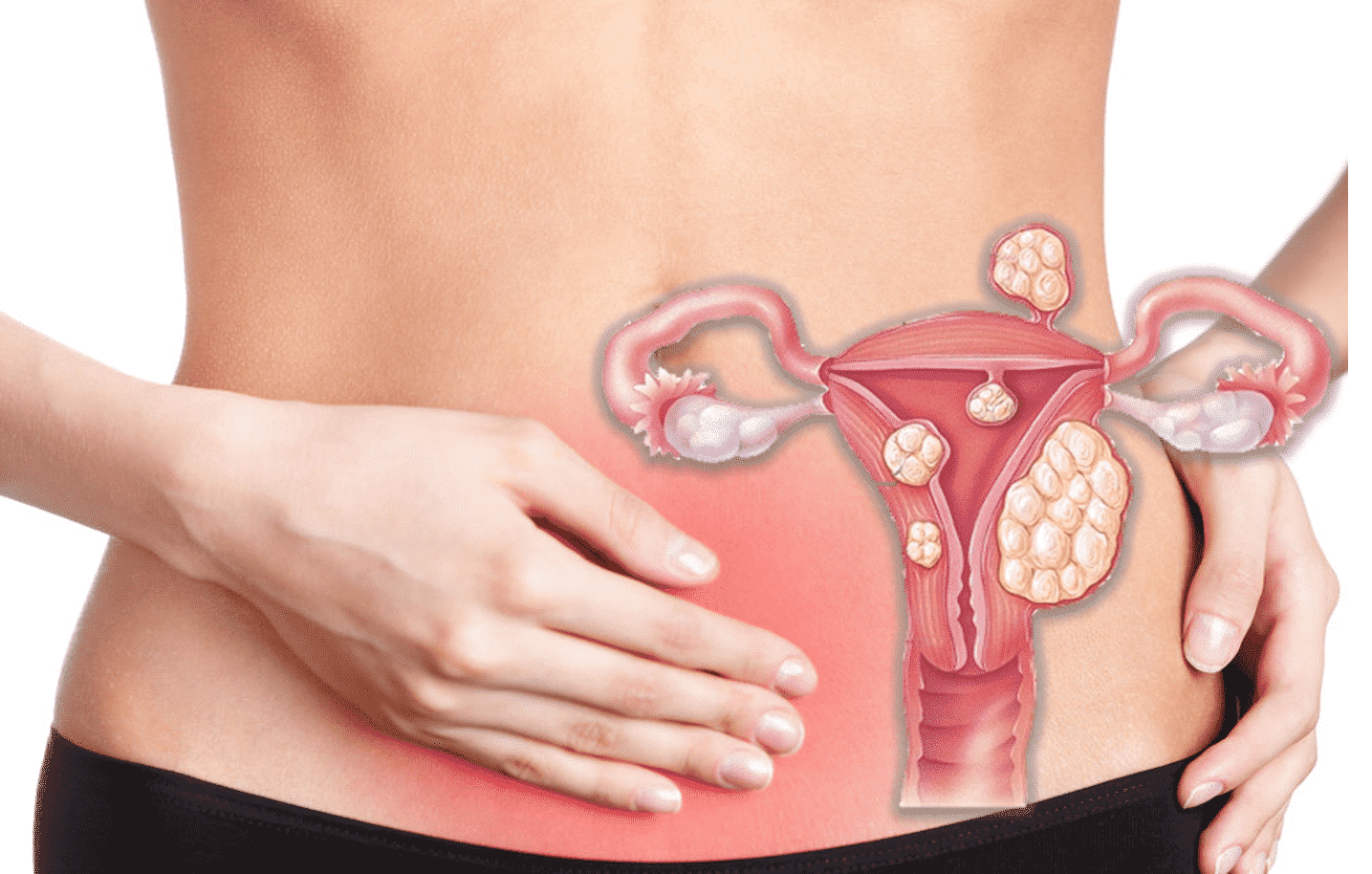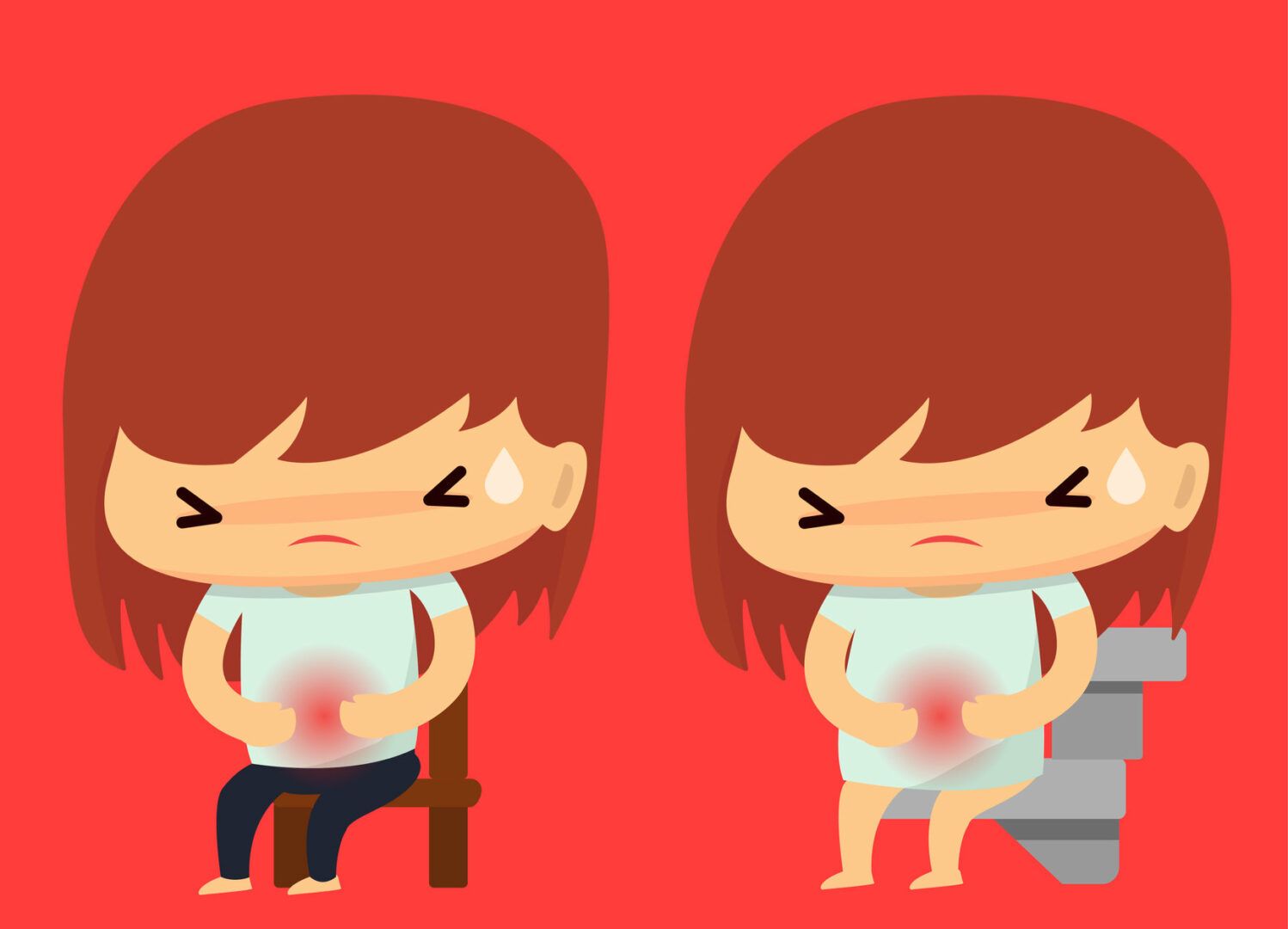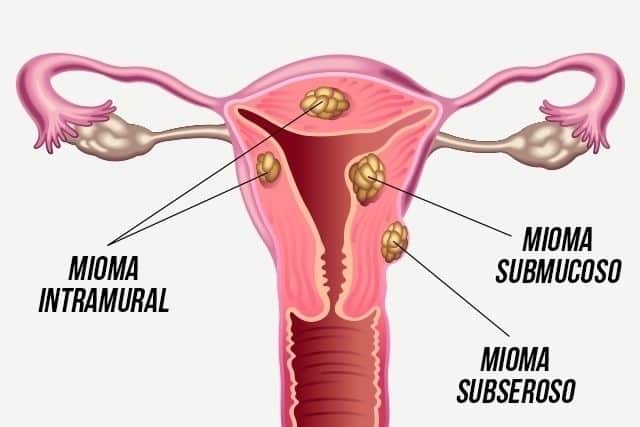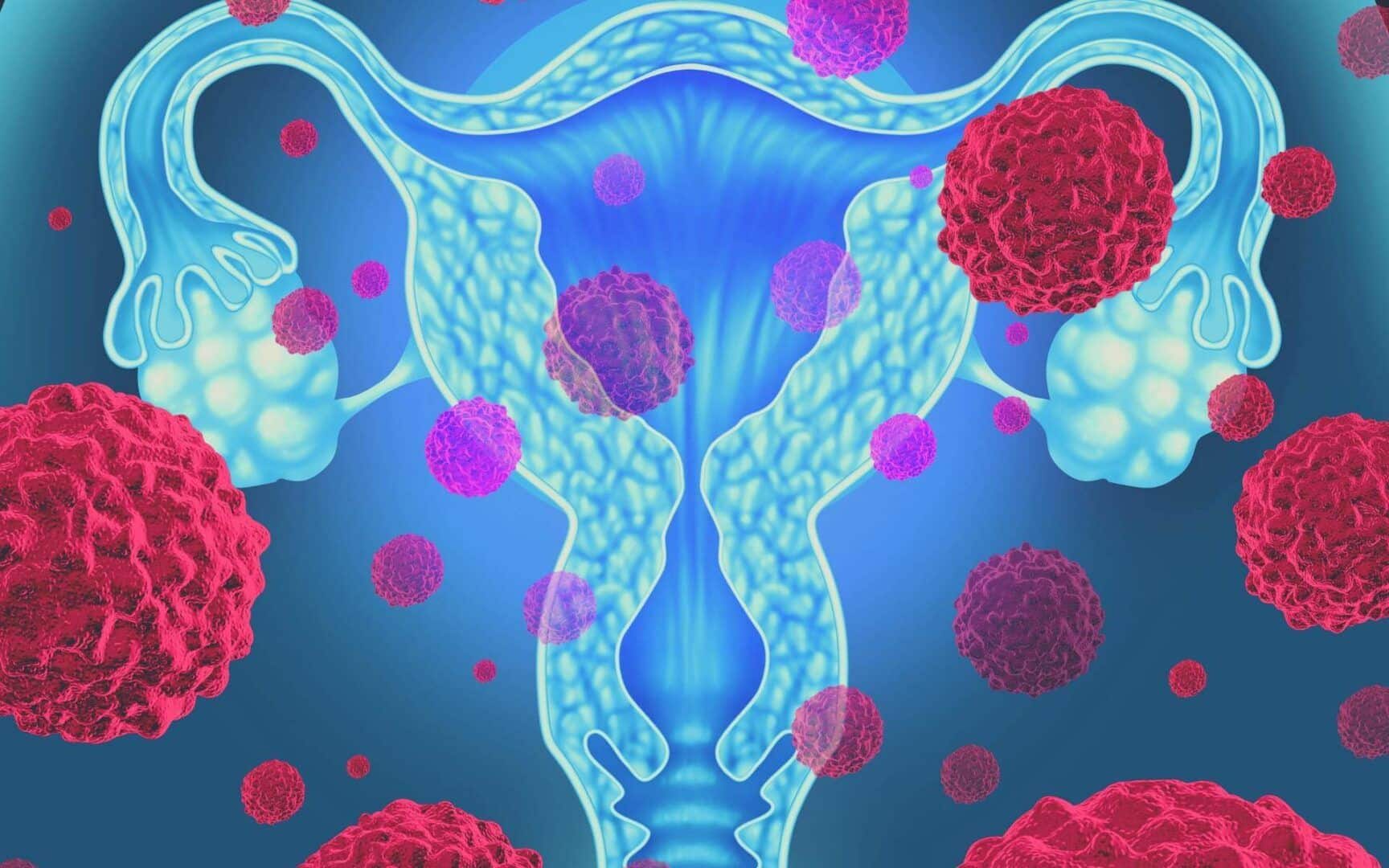Many people are afraid of the word fibroid because they think it could be cancer, but you need to know exactly what fibroid is to draw conclusions.
The word myoma causes some concern in many women, who soon associate the tumor with cancer. But not quite. What exactly is myoma is a very important question, since around 77% of women develop this tumor throughout their lives.
But this is not a reason to despair, as it is very unlikely that the fibroid will develop into cancer. In fact, many women are not even diagnosed with fibroids, as they are usually so small that they do not even appear during routine exams. Furthermore, the vast majority of women do not even have symptoms, living normally without even knowing the presence of the fibroid.
Therefore, today we will better understand what myoma is, what causes this tumor, the types and possible treatments.
What is fibroid

What is myoma? It is a type of benign tumor that develops in the uterus. So, when one or more fibroids are detected during routine exams, the patient begins to worry about the possibility of developing into cancer. But the truth is that fibroids do not increase the risk of cancer, however, they can cause some other complications.
Also called fibroma or uterine leiomyoma, the fibroid forms in the uterine tissue and can vary in location and size, some are microscopic and others reach a few centimeters.
It is a very common problem, and in most cases it does not even present symptoms, meaning that they are not even noticed by many women. However, in some cases, they can give signs such as heavy menstrual bleeding, cramping and difficulty getting pregnant. So, in these cases, a doctor can recommend specific treatment to alleviate symptoms, and in more serious cases, even remove the tumor.
What causes myoma

There is still no concrete answer as to what exactly causes the tumor. However, it is already known that it appears when cells in the uterine muscle tissue multiply uncontrollably. Therefore, it is believed that this disordered proliferation is directly linked to hormonal changes.
In fact, it has already been proven that hormones such as progesterone and estrogen have an influence on the appearance of this type of benign tumor. Proof of this is that during menopause, a period characterized by a decrease in the production of these hormones, fibroids tend to shrink, while during pregnancy, they can increase.
Therefore, fibroids generally appear in adult women, those who do not have children, and more frequently in those who take hormone replacement therapy. Furthermore, some other factors influence the greater risk of developing these tumors, such as genetics, the onset of menstruation at an early age, contraceptive methods, obesity, diet and alcohol consumption.
Types of tumors

As previously stated, tumors vary in size and location, being characterized into three main types. Therefore, understanding what myoma is also includes knowing the most common types of tumors.
The first is subserosal, which is a benign tumor that develops on the outside of the uterus, and is generally the one that presents the least discomfort and the need for treatment. There is also intramural, which occurs inside the uterine walls, but precisely in the muscular part of the uterus and can cause bleeding. Submucosal tissue develops in the internal part of the uterus, located close to the endometrium, and is the most serious type of problem, causing more discomfort and difficulty in getting pregnant.
So, knowing exactly the type of fibroid is very important, to have a more accurate assessment of the severity and the best type of treatment, if necessary.
Symptoms

Now that we know what myoma is, let’s get to know its symptoms. Remembering that in most cases, the tumor does not show any signs. Even so, when it is a larger tumor or several of them, the woman may experience some symptoms.
Among the most common symptoms are intense cramps, pain during sexual intercourse, vaginal bleeding, prolonged menstruation, abdominal pain, urinary retention, signs of constipation and difficulty getting pregnant.
Based on these signs, it is easier to look for the cause and verify the presence of myoma. But this is only done by a gynecologist, who will perform a series of tests, such as ultrasound, hysteroscopy or hysterosalpingography, to analyze the uterine cavity.
In the case of women who have the tumor and want to get pregnant, even without the presence of any symptoms, the recommendation is to undergo gynecological monitoring. This is because the presence of myoma can cause difficulty in getting pregnant, as it can cause deformity in the internal part of the uterus, as well as changes in circulation and increased inflammation in the region. Or, in the case of pregnancy, increasing the chances of complications, such as miscarriages, for example.
Treatments

As the fibroid is often not even noticed by the woman, nor does it show signs, treatments are only indicated for patients with intense symptoms, such as a lot of pain or very heavy menstruation. Or, when the woman has plans to get pregnant.
In this way, the type of treatment will be determined by a gynecologist based on the symptoms, the type of myoma, and the size of the tumor. The most recommended are:
- Anti-inflammatories: The use of medications such as Ibuprofen or Naproxen may be recommended, which improve intense cramping and reduce excessive bleeding caused by the fibroid.
- Hormonal medication: This is another option to reduce the intensity of menstruation and also reduce the size of the tumor, with the use of contraceptive pills being more common.
- Iron supplementation: indicated to prevent and treat cases of severe anemia caused by excessive bleeding caused by the tumor.
- Surgery: The so-called myomectomy, is the surgery performed to remove the tumor, without having to remove the uterus. It is more indicated when the fibroid is pressing on other organs and causing more intense symptoms.
- Embolization: technique used to reduce the size of the fibroid when it is very large, through injections with an embolizing agent.
In general, the risk of malignancy of the tumor is very small, and the vast majority of women will not even show symptoms or have problems getting pregnant. But in any case, it’s good to have your gynecological exams up to date to know if anything is out of the norm.
Anyway, what did you think of this article? In fact, take the opportunity to also check out What is a hysterectomy? Types, before and after surgery + risks.
Sources: Tua Saúde Pfizer Viva Bem
Images: ISM Centro de Mioma Boa Consulta Tua Saúde Febrasgo Alira Clínica

Sign up for our newsletter and stay up to date with exclusive news
that can transform your routine!
Warning: Undefined array key "title" in /home/storelat/public_html/wp-content/plugins/link-whisper-premium/templates/frontend/related-posts.php on line 12
Warning: Undefined array key "title_tag" in /home/storelat/public_html/wp-content/plugins/link-whisper-premium/templates/frontend/related-posts.php on line 13




